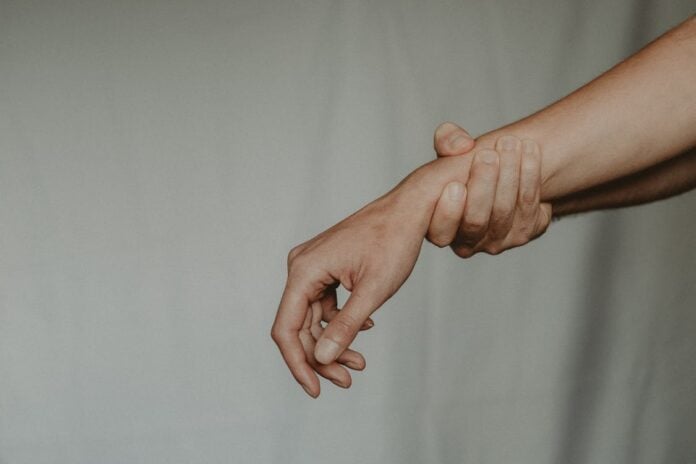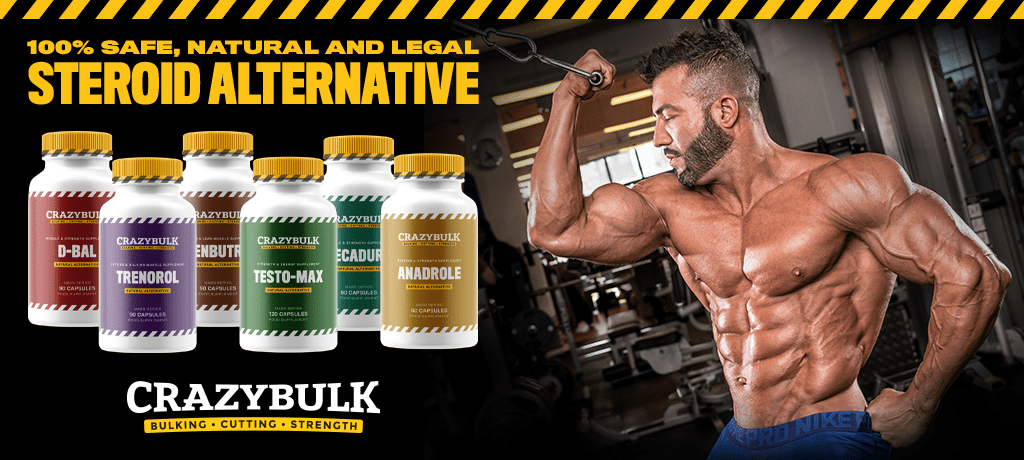You know the feeling when after the workout your muscles get stiff and sore. This feeling is coveted by some workout freaks, and hey, it’s not a bad thing if you want to train hard and get some kind of indication of how hard you’ve worked. But not everything about muscle soreness is good, though, and there are several things you have to know about it.
Where Does It Come From?
The scientific term delays onset muscle soreness (DOMS), it happens several hours to days after the workout, and it’s your body’s reaction to micro-tears in muscle tissue. It’s a healing process and muscles are a little swollen and stiff with decreased strength during it.
It happens to everyone after an intense workout, especially to beginners who are not used to exercising. Regular workouts increase muscle resistance to soreness so you will feel it less, but it will happen again if you increase the intensity, or take up exercises that work muscle groups you’ve not been training.
Your Muscles Are Torn
Let’s step back a little. Yes, your muscles are actually torn a little when under a long or heavy load in the eccentric motion (extending). These micro-tears then heal during recovery to form scar tissue, which is what makes muscles grow. So the pain you feel is micro-traumas as a result of training which is necessary for lean tissue to grow.
Soreness is Not Caused by Lactic Acid
For a while, there was this theory that muscle soreness is caused by lactic acid that is released and builds up in the muscle. This myth was debunked about 10 years ago. The lactic acid is actually burned within 5 hours and is not what causes muscle soreness.
Timing
You’ll start feeling sore within 12 to 24 hours, and it will normally pass within 72 hours. However, in extreme cases, depending on the level of soreness, it may last from 3 days to a week. That’s why it’s so important to allow the muscles to recover and not train them on consecutive days.
How it Relates to Exercise Form
Incorrect form affects joints and muscles negatively. Over-extension and compensation will increase muscle soreness even in the muscles that aren’t directly worked by the exercise. It’s just one more reason to strive for the perfect form.
It’s Caused by Eccentric Movement
There’s a difference between how the muscle moves and when the tissue is torn. It happens in the eccentric movement (muscle extension) only and doesn’t happen in isometric or concentric movements. That means holding planks and contracting muscles will get you sore a lot less (some eccentric movement will happen anyways). It also means that in order for the muscle to grow it needs a lot of intensive eccentric movement. That’s why we focus on it so much, especially when lifting weights.
The Difference Between Pain Due to Muscle Soreness and Injury
You have to learn to distinguish between the pain caused by muscle soreness and actual injury. It’s also important to know that excessive muscle soreness can lead to injury. There may be several levels of soreness depending on how your muscles are used to it and acute soreness can limit your ability to exercise or even move.
You’ve probably had days when you haven’t run for a while and then go for a long run after which you can hardly climb the stairs for days. As muscle tears accumulate and you don’t get enough time to recover, injuries can happen. So it is important to know your limits and ease into a workout you haven’t done in a while (or have never done before).
The Repeated-bout Effect
After the muscles experience soreness after an exercise, they develop resistance to these specific movements that alleviate the pain and soreness, as well as the damage done to the tissue. That’s why you don’t feel so much soreness (if at all) after training for a while.
This effect can be used to your advantage. It means that you can ease into a workout by starting light and only feel minimal soreness which allows you to increase the load until you can’t feel it at all. Conversely, less damage means less gain, that’s why muscles adapt to exercises you do regularly and you have to continue to increase the load and intensity.
Stretching Doesn’t Prevent Soreness
Nor does warming up. Research shows that it not only doesn’t prevent muscle soreness, overstretching can actually lead to soreness itself. But it will help you adjust your form and prepare your body for heavy load.
Muscle Soreness Relief
What does help alleviate muscle soreness is easing into a workout by not overloading the muscles that are not used to it. Once sore, you can help the process of recovery by stimulating blood flow to the muscles with light activity, treatment with ice, or massage. However, overall the science behind muscle soreness treatment is highly inconclusive and contradictory.
You Don’t Need to Get Very Sore After a Good Workout
“No pain, no gain” may not actually be true when it comes to muscle soreness. You will feel sore after an intense workout and if you don’t feel anything can mean that you should increase the intensity, but you should not try to get as sore as possible. If soreness becomes your reward, you risk over-training or even injury that would impair your ability to train at all.


